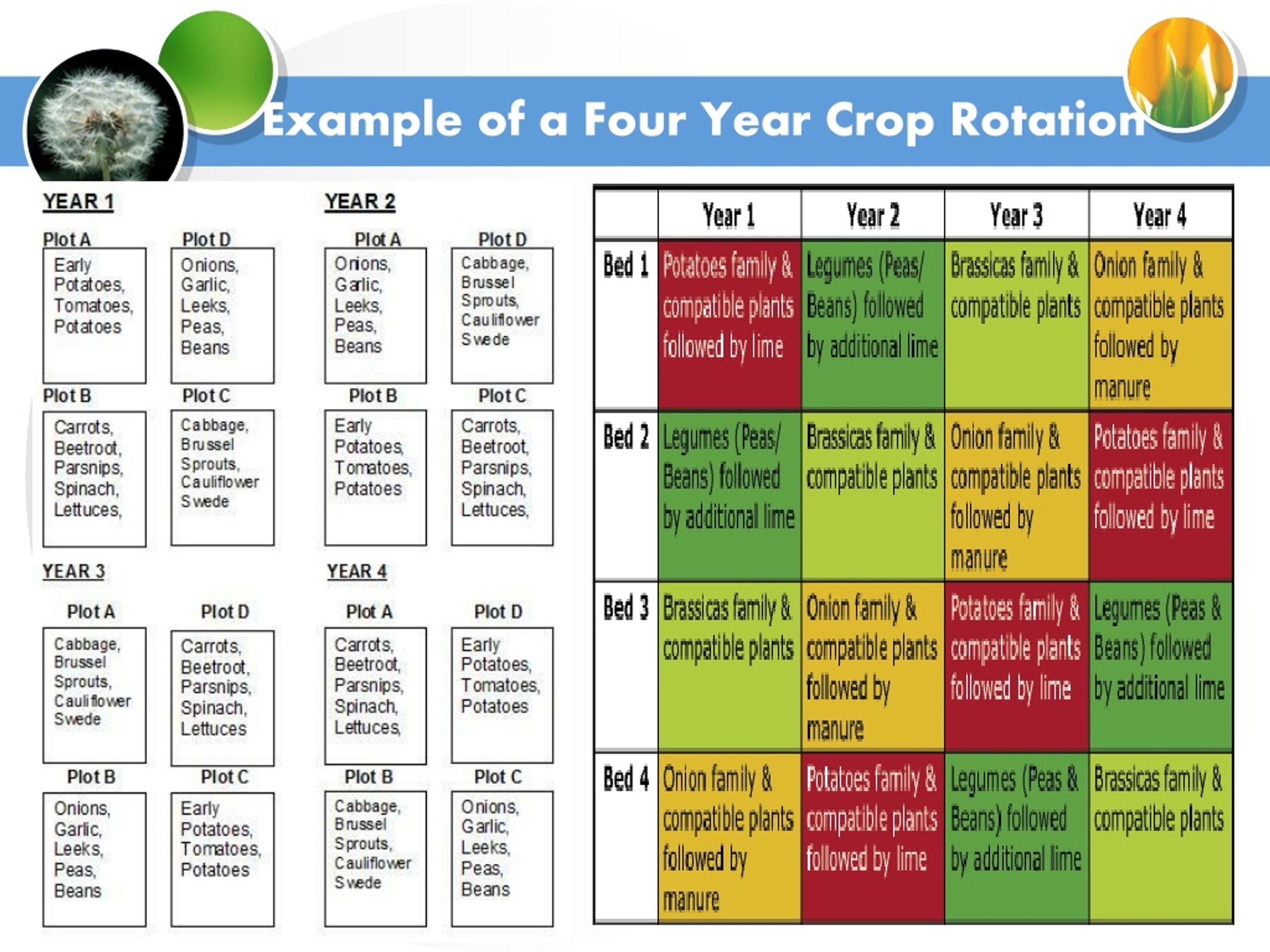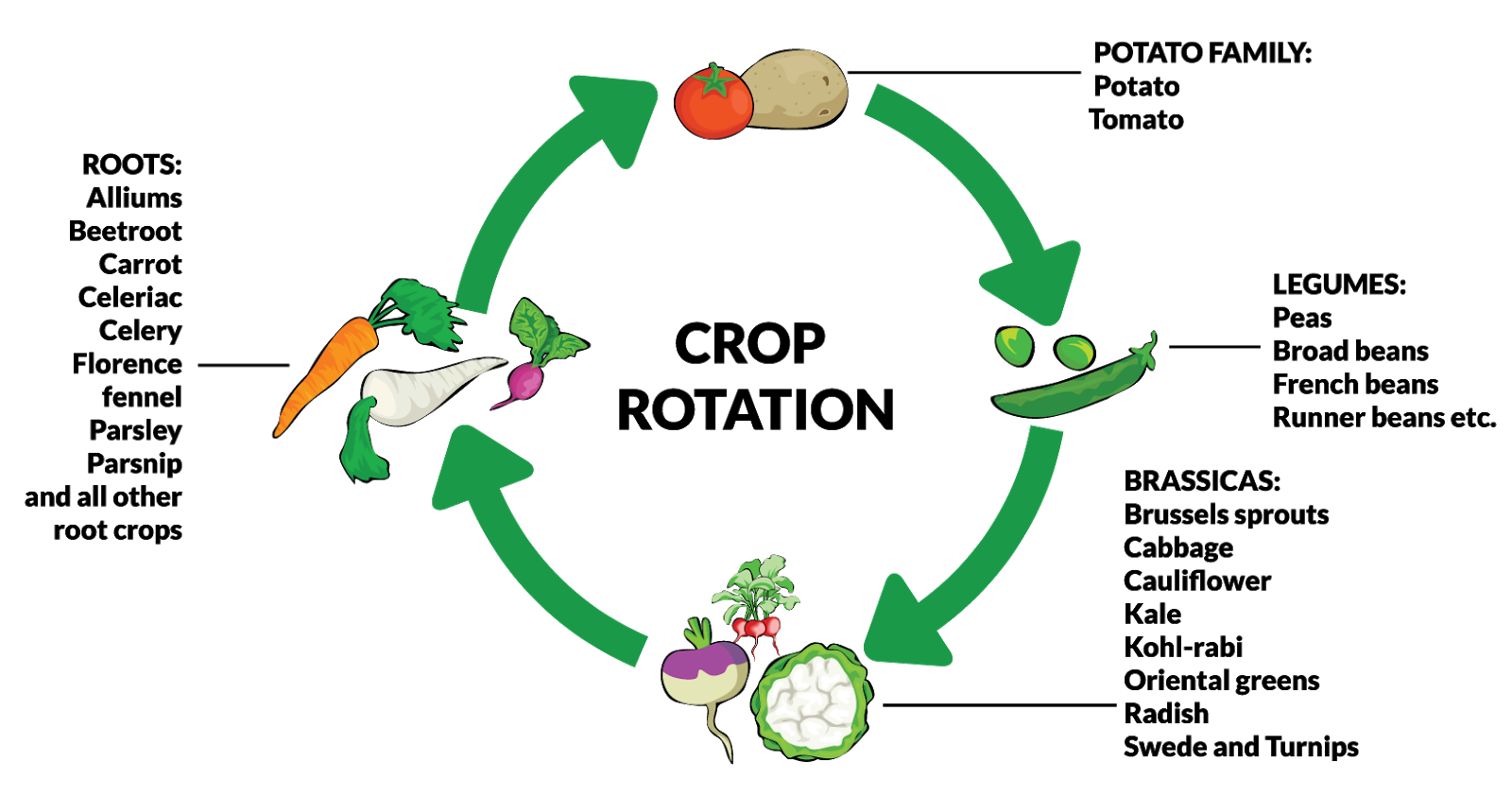Web one approach to crop rotation is to divide your plants into these four basic groups: Sidebar 2.8 (page 14) provides a list of potential rotation goals developed by experienced organic farmers. Each successive year, you would move each group one spot clockwise. Crop rotation is a simple yet powerful system for growing healthier, more productive crops. The basic idea is that we do not (usually) want to grow only one crop in a bed.
Web identify what you would like your crop rotation to accomplish. Crop rotation is an important and beneficial factor when planning a. Sidebar 2.8 (page 14) provides a list of potential rotation goals developed by experienced organic farmers. How to lay out a vegetable garden. The basic idea is that we do not (usually) want to grow only one crop in a bed.
Web crop rotation chart for small vegetable garden. Crop rotation is a simple yet powerful system for growing healthier, more productive crops. Web plan your crop rotation direction. Follow these rotation guides, based on your initial categorization of them. Imagine your garden separated into four areas, as shown in the chart at the top of the page.
The principle of crop rotation is to grow specific groups of vegetables on a different part of the vegetable plot each year. Web with careful planning and consideration, crop rotation can reduce issues with diseases and pests and balance the soil's nutrients. Web in this guide, we’ll give you all the info you need to create a crop rotation plan that works for you, including how to group crops, choose a rotation pattern, and troubleshoot common issues. The basic idea is that we do not (usually) want to grow only one crop in a bed. A full crop rotation cycle lasts three to four years. Legumes, root crops, fruit crops, and leaf crops. Web crop rotation chart for small vegetable garden. Crop rotation is a simple yet powerful system for growing healthier, more productive crops. Do not plant an area with crops from the same plant family or group before that cycle is up. Crop rotation is an important and beneficial factor when planning a. How to lay out a vegetable garden. Follow these rotation guides, based on your initial categorization of them. Web plan your crop rotation direction. Each successive year, you would move each group one spot clockwise. Sidebar 2.8 (page 14) provides a list of potential rotation goals developed by experienced organic farmers.
The Concept Of Crop Rotation Is Simple:
Web crop rotation chart for small vegetable garden. The basic idea is that we do not (usually) want to grow only one crop in a bed. Imagine your garden separated into four areas, as shown in the chart at the top of the page. Web one approach to crop rotation is to divide your plants into these four basic groups:
Legumes, Root Crops, Fruit Crops, And Leaf Crops.
Each successive year, you would move each group one spot clockwise. Crop rotation is a simple yet powerful system for growing healthier, more productive crops. Learn how to best rotate your vegetable crops at home. Web identify what you would like your crop rotation to accomplish.
Follow These Rotation Guides, Based On Your Initial Categorization Of Them.
How to lay out a vegetable garden. The fictional example of small valley farm will be used to illustrate various steps in the planning process (sidebar 5.2). Web in this guide, we’ll give you all the info you need to create a crop rotation plan that works for you, including how to group crops, choose a rotation pattern, and troubleshoot common issues. Web a simple garden map showing where each crop is planted will help you plan and plant a different crop in that spot next year.
Large Groups Of The Same Crop Make An Easy Target For Pests.
The principle of crop rotation is to grow specific groups of vegetables on a different part of the vegetable plot each year. Crop rotation is an important and beneficial factor when planning a. This makes it possible to quickly do what needs to be done during the season, know contingency plans, and avoid major problems with pests, weeds, and fertility. A full crop rotation cycle lasts three to four years.









